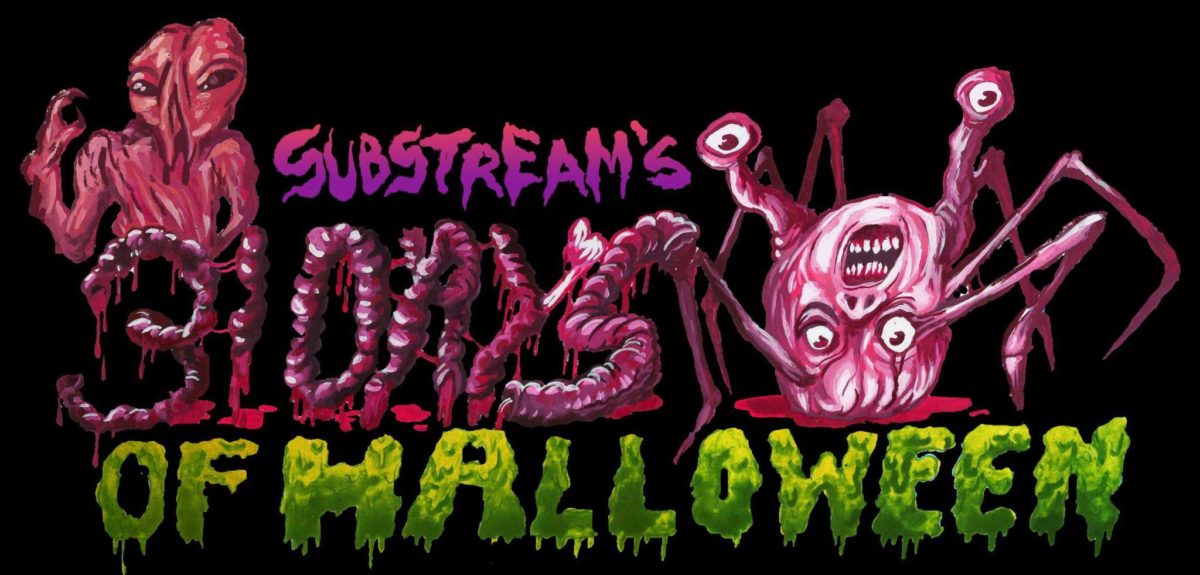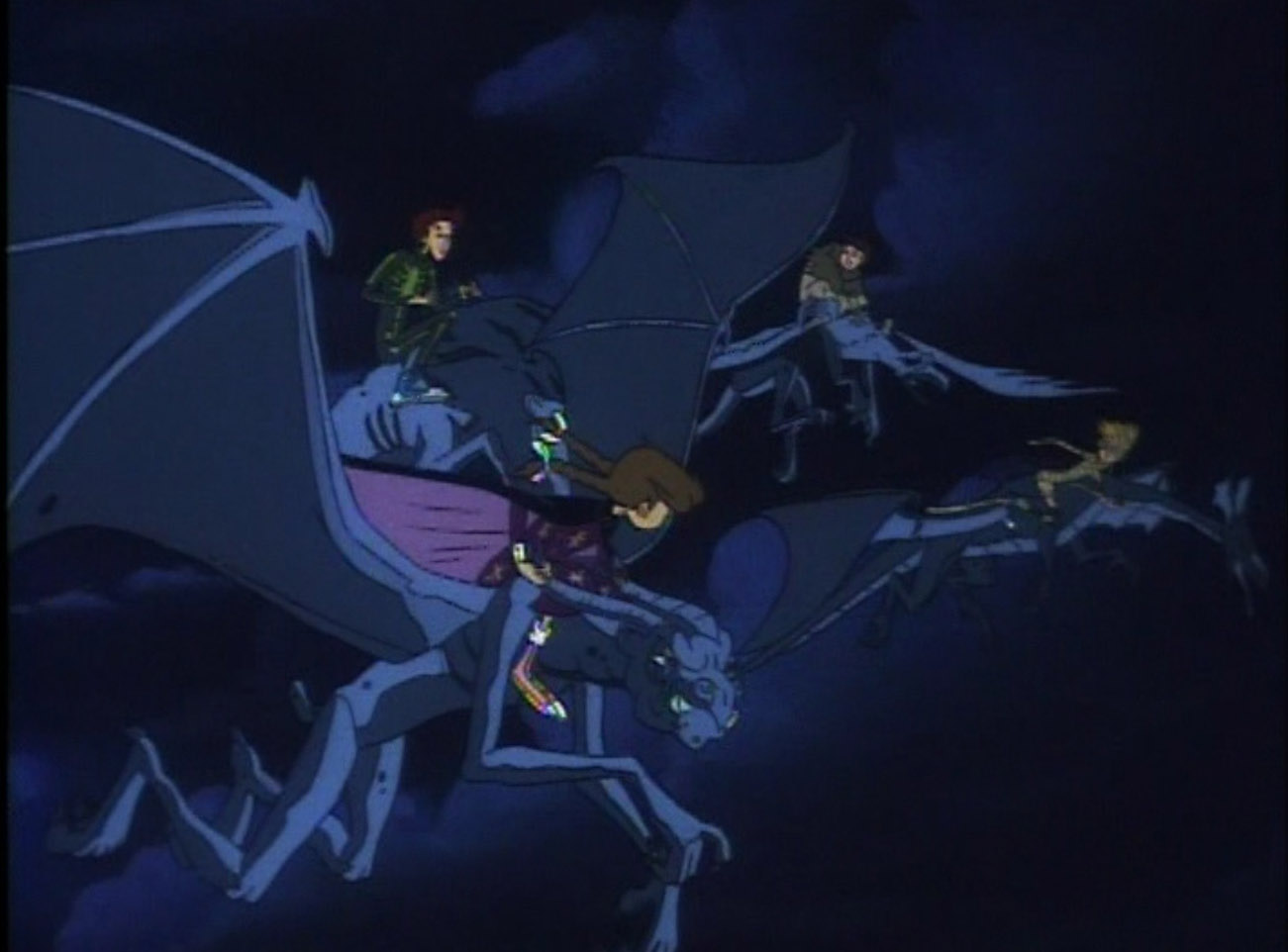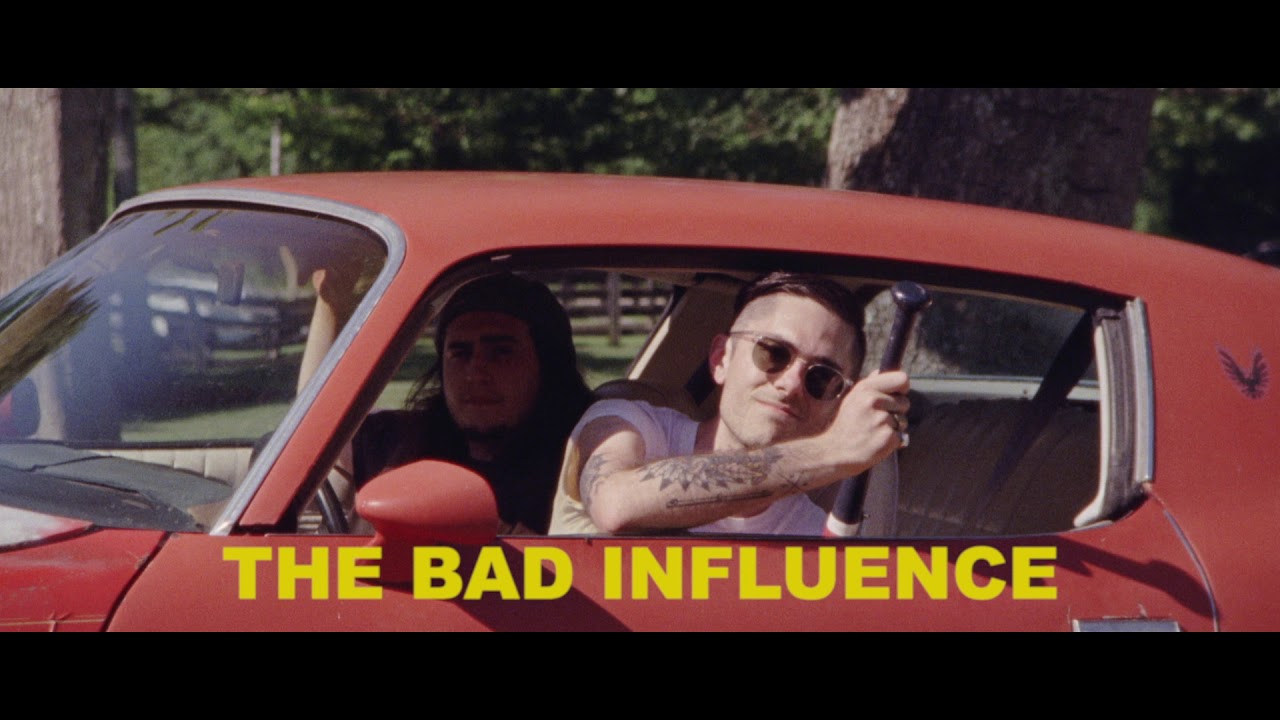Of all the holidays celebrated worldwide, no single day is loved by the Substream staff more than Halloween. With October’s arrival, the time has finally come to begin rolling out a slew of special features we have prepared in celebration of our favorite day.
31 Days Of Halloween is a recurring column that will run throughout the month of October. The goal of this series is to supply every Substream reader with a daily horror (or Halloween-themed) movie recommendation that is guaranteed to amplify your All Hallows’ Eve festivities. We’ll be watching every film the day it’s featured, and we hope you will follow along at home. Reader, beware, you’re in for a… spooky good time!
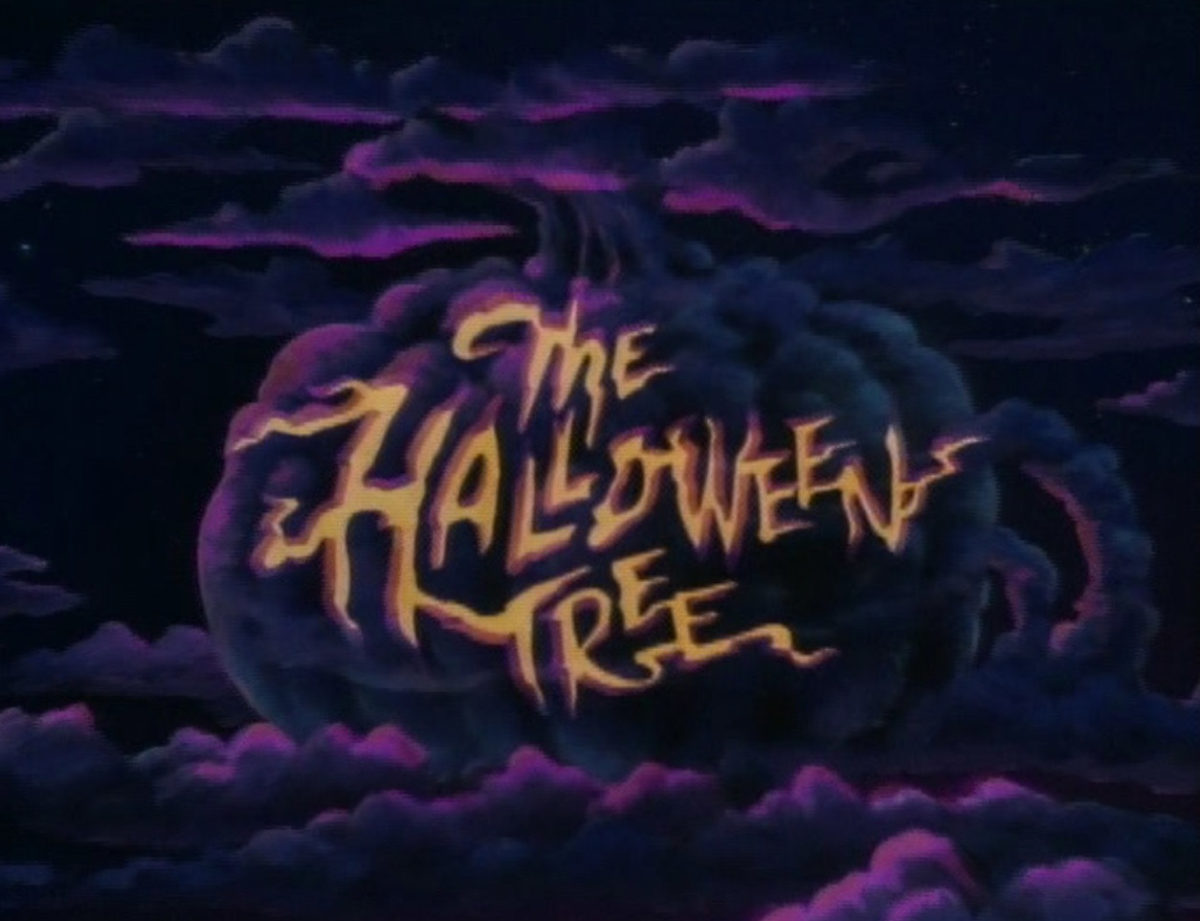
Day 8: The Halloween Tree (1993)
I know what you are thinking, a cartoon? Really? Yes, I chose my scary movie write up as an animated film, but haven’t you ever been traumatized by any beloved childhood film? Hasn’t there been one moment in your younger life where a movie just stuck with you in an unsettling manner? What helped make my decision to pick this underrated adaptation was a conversation amongst friends about our favorite childhood movies. The conclusion was reached was that there had been quite some traumatizing moments. Judge Doom from Who Framed Roger Rabbit? stood out in particular, as did the death of Artax in the Swamp of Sadness from The Neverending Story. The Halloween Tree in particular isn’t an in-your-face terrifying film, but rather it explores the biggest fear of every human being: death.

The Halloween Tree is a 1993 film adaptation of Ray Bradbury’s 1973 book of the same title. The script was written and narrated by Bradbury himself for television adaptation. The premise follows four friends Tom, Ralph, Wally, and Jenny on Halloween night. While in the midst of meeting their fifth friend Pip, they discover that he is rushed to the hospital for an emergency appendectomy. He leaves a note for them to start their Halloween without him (“Ready? Set. GO!”), however they feel this would betray tradition and follow the ambulance to the hospital. So, what’s so scary about that?
Diving into the real premise, Tom suggests that they take a shortcut through the woods where they see a pale and near translucent figure that resembles Pip running through a ravine. The kids follow, convinced that Pip had conducted an elaborate hoax, and watch as he heads toward an old towering and seemingly abandoned mansion. If you’ve seen any horror movie since the dawn of time, you won’t be surprised when I tell you that the mansion is preoccupied by a creepy and almost alien looking man named Carapace Clavicle Moundshroud. Quite the mouthful, but he tells the children to call himself Mr. Moundshroud and is voiced by the late and great Leonard Nimoy.
Here, he questions the children if they have any knowledge as to why they dress the way that they do for Halloween and expresses sheer annoyance and disdain when they cannot answer. Shortly after this encounter, the kids happen upon the titular and larger than life Halloween Tree in the yard. Again, they see their translucent friend climbing the tree while grabbing a pumpkin whose face matches that of Pip. Once he is in possession of the pumpkin, he whooshes off into the sky to escape. Weird, but also is a bit unsettling as he screams for his friends to help him as he disappears.
Moundshroud explains to the kids that Pip has stolen his soul, kept it inside the pumpkin that hung from the Halloween Tree, and has slipped into different vortexes of time to escape his fate of dying in the hospital. He offers them both the education of their costumes’ significance while running on an adventure against the clock to reclaim Pip’s soul to bring “home” as his body lies trapped behind in an operating room.
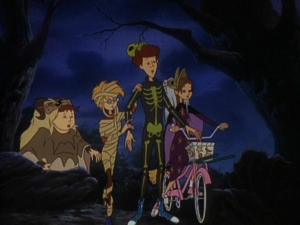
Our protagonists follow Moundshroud throughout time to where they venture through Egypt, the British Isles, France, and finally Mexico. During these educational adventures, the kids inadvertently learn about themselves in the process. I won’t dig into all the kids’ learning experiences, but all of them revolve around their friendship with Pip, who is described as “the greatest boy who ever lived.”
During the first stop in Egypt, Moundshroud lectures them on the Death of Osiris as the reason for seasonal change. Here they learn the tradition of mummification, as well as the offerings to the spirits who wander the streets. Ralph, in his mummy costume, scares away the priests who are in preparation to embalm Pip. During this time Ralph begs Pip to return home with them because Pip was the only one never to have mocked him. Pip coaxes him to always have confidence in himself, as Ralph saved his life after scaring away the priests. After being whisked to Mexico to learn about Day Of The Dead celebrations, the kids suffer a creepy encounter with animated skeletons in the catacombs. Tom in his skeleton costume reveals to Pip the guilt eating away at him and bares his “bones,” so to speak. Tom confesses to Pip he feels responsible for his condition after wishing that for once he would be in charge instead of Pip. There’s only one way for “the greatest boy who ever lived” to respond—“I’ll let you lead any time”—before disintegrating into dust.

The reason why I chose to write about this movie is because throughout the main conceit of educating on the origins of Halloween it tackles another subject: humanity’s fear of death. It isn’t a secret that every living organism on Earth will eventually stop existing at some point. Look at any film villain. What do they seek? Immortality in some form, whether it is the need to live forever, have their name live forever, or an infinite supply of power or money. The fear of death is basically encoded in our DNA, because we are fully aware of just how naked our mortality makes us.
Throughout the film, Tom, Wally, Ralph, and Jenny jump from time period to time period trying to get Pip to come back home. So, why doesn’t Pip want to go home with his friends? That is when the terrifying idea of dying comes into play. When watching this animated feature, one should pay particular attention to Mr. Moundshroud. It is key to notice Moundshroud’s dialogue. He tells the kids that there are only tricks, he is on a time schedule, and, when Pip took his pumpkin, he became agitated and said that Pip took what is HIS. Not to mention when he coerces the kids to build Notre Dame, he says that he “isn’t welcome” in such a holy place. This hints that Moundshroud isn’t just some deformed-looking man with time travel powers, but rather a Reaper, perhaps THE Grim Reaper and he is present to escort Pip into the afterlife.
When Tom finally confronts Pip in the catacombs and after his emotional confession, Pip crumbles into dust and it is revealed that the children are too late. Moundshroud informs the gang of this and mentions how Pip’s soul is now his property. Refusing to let their friend go, each kid offers a year of their life in exchange for Pip’s return. After everything Tom, Ralph, Wally, and Jenny learned, it isn’t a surprise that children would offer up their lives for equivalent exchange. Therefore, the gang has concluded that they did indeed learn during their trip. To them, Halloween is a celebration of the remembrance of the past and the need to not fear death or the unknown. Therefore, throughout their educational journey, the kids remembered why they held Pip in such high regard and no longer fear death as long as they had each other.
The Halloween Tree is a movie that isn’t terrifying, but rather it gives an insight towards the forgotten traditions of Halloween, while simultaneously teaching its viewers that we shouldn’t need to fear what we don’t understand and most of all death. Halloween throughout history is celebration of ending of the season of light and entering a period of darkness. It is the start of a long and dark winter where in olden times humanity feared that there wouldn’t be enough food or wood for warmth, and death lingered closer. It is a tale of bravery and friendship, which always defeats “evil.”
https://www.youtube.com/watch?v=APN4O83qCUg
